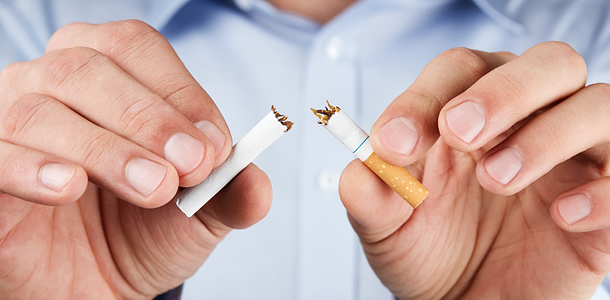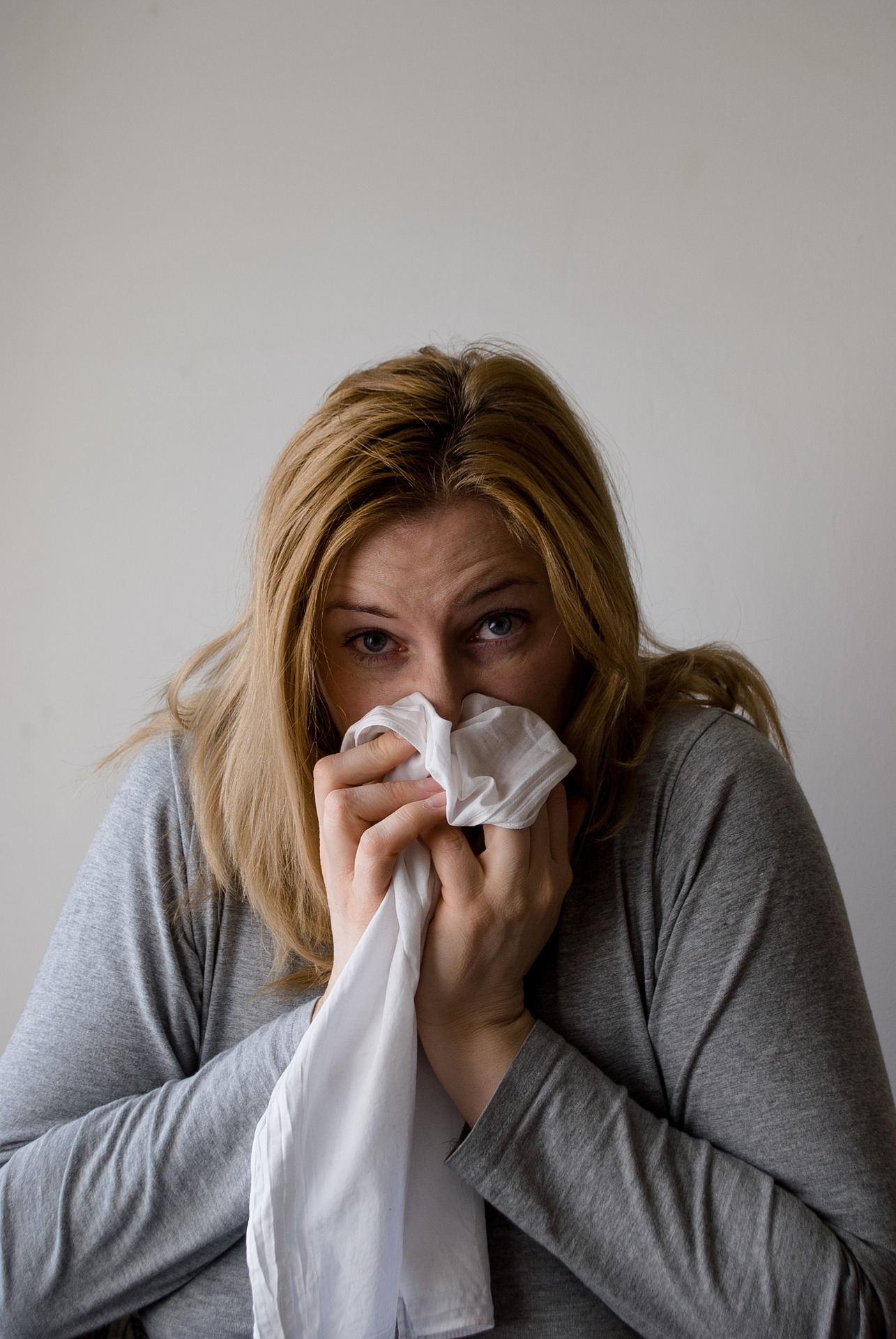Many people avoid seeing the doctor until there is something obviously wrong. There is a huge need for preventative health measures, and early diagnosis is crucial in the successful treatment of many conditions. A good GP will work with you to not only fix existing problems, but to prevent and identify possible areas of concern to make sure you are not only healthy now, but stay healthy for the future.
Here are four simple tests that you should have at least every year to make sure your body is functioning well.
Full Blood Tests
Your blood holds so many clues to your wellbeing, and if you don’t check you will never know. From potentially serious conditions like diabetes and cancer, to general fatigue that can come from low counts of vitamins and minerals in your blood – it’s best to find out. Your blood can give you an indication of your heart health and levels of cholesterol, and can give clues as to how your other organs are performing.
If you have any concerns about your health, talk to your doctor before the tests are ordered so they can advise you if it’s worth having some extra areas looked at. A follow-up appointment once the results come through is important as it gives your doctor the opportunity to address any concerns or send you for further tests if necessary.
Blood Pressure
If you have personal concerns about your blood pressure or any family history of unhealthy blood pressure you will need to be checked more often, but everyone should be checked at least yearly. While you can often get the tests done at a local chemist, making an appointment with your GP allows you to record your readings to notice any changes over time, to discuss what the numbers mean, and to be advised on whether any further action may be required.
“Down Under” tests – Prostate Checks, Mammograms, Colon Checks and Pap Smears
No one said they were fun, but on the other hand they are not as bad as you might imagine. Chat to your doctor about how often you should get these checks and what form they should take – your age and family history will determine how frequent they should be. For example, prostate health can sometimes be measured using a blood test, rather than the manual examination some people fear, and mammograms are not recommended for women under the age of 40. Regardless of the form these tests take, don’t let your fear of discomfort get in the way of routine checks that could save your life.
Skin Checks
Melanoma and other types of skin cancer are on the rise in Australia, and can usually be easily diagnosed by a specialist in a quick, non-invasive appointment. The specialist will look closely at your skin, paying special attention to any moles or spots you might have. Family history of skin cancer increases your risk of getting the same disease but even one bad sunburn over a lifetime has a similar increased risk. Early detection is vital for successful treatment, and many places even bulk bill their skin scans – so cost shouldn’t be a factor.
It’s important to find a GP who you have a good relationship with, who will work with you to guard your future health as well as treating your present concerns. Book an appointment to discuss what tests might be right for you, and don’t let nerves or apathy get the better of you. Your health is worth guarding, and a few simple tests could literally save your life.
Click here to book an appointment with a GP to discuss your health ->









